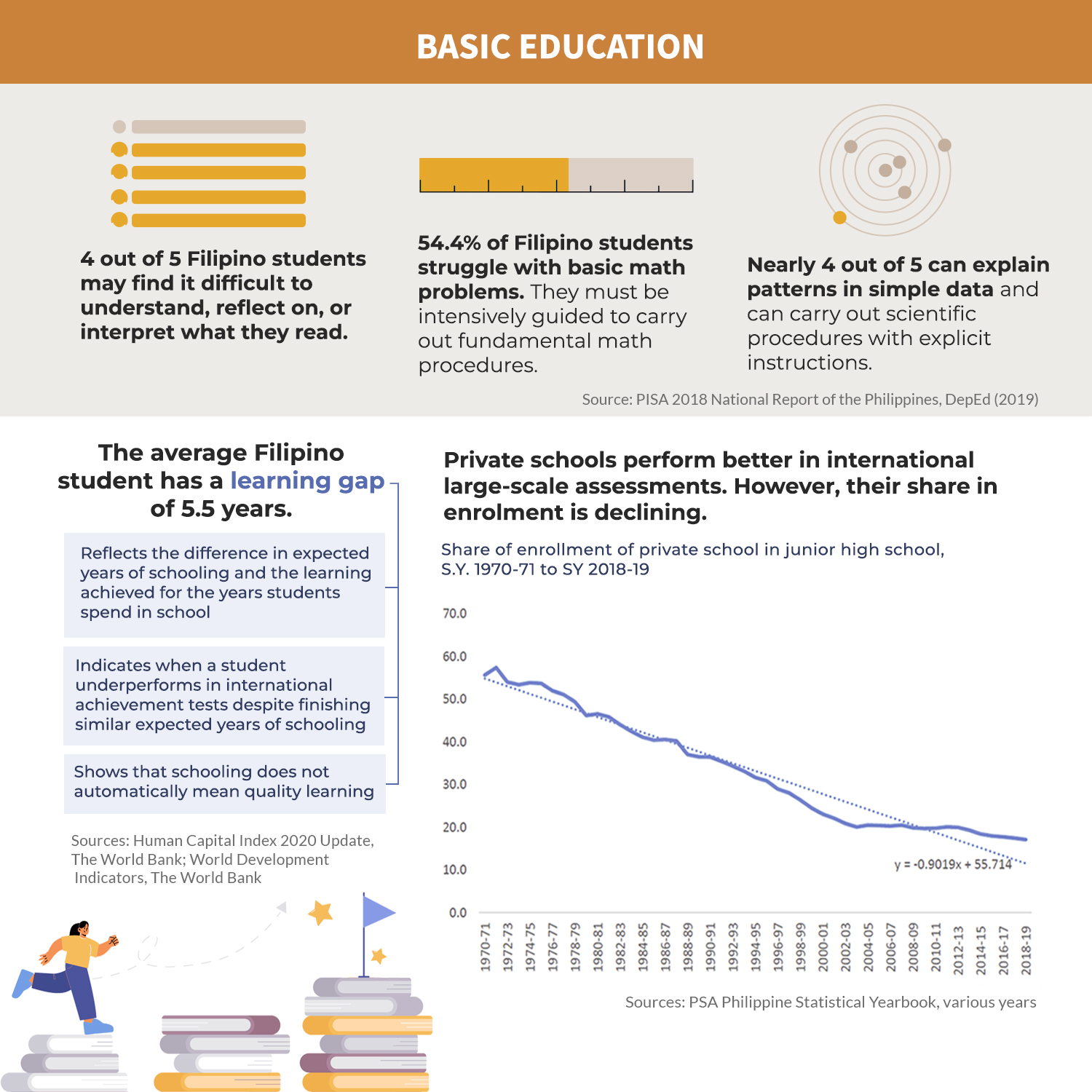Higher Education In Crisis: Exploring The Impact Of Financial Reckoning On Universities

Table of Contents
Rising Tuition Costs and Declining Enrollment
The unsustainable increase in tuition fees is at the heart of the higher education financial crisis. This affordability crisis significantly impacts student accessibility, creating a cascade of negative consequences.
The Affordability Crisis
- Increased student loan debt: The burden of student loans is crippling for many graduates, delaying major life decisions like homeownership and family planning. The average student loan debt now exceeds $37,000, leading to significant financial strain for years after graduation.
- Decreased application rates from low-income families: The high cost of tuition effectively shuts out many low-income students, exacerbating existing inequalities in access to higher education. This limits social mobility and hinders diversity on college campuses.
- Impact on diversity in higher education: The financial barriers created by rising tuition disproportionately affect underrepresented minority groups, further perpetuating systemic inequalities within the higher education system. A more diverse student body enriches the learning environment, yet affordability is hindering this diversity.
Shifting Demographics and Changing Student Expectations
Changing demographics and evolving student expectations are also impacting enrollment numbers.
- Competition from online learning platforms: The rise of affordable and accessible online learning platforms, such as massive open online courses (MOOCs), presents a significant challenge to traditional universities, forcing them to adapt and innovate to remain competitive.
- The rise of alternative credentials: The increasing acceptance of alternative credentials, like certifications and apprenticeships, offers students a quicker and potentially cheaper route to employment, impacting the demand for traditional four-year degrees.
- Changing career aspirations: Students are increasingly questioning the return on investment of a traditional college degree, leading to shifts in career aspirations and impacting the demand for certain majors. This shift necessitates a reevaluation of higher education curricula and career services.
Budget Cuts and Funding Shortages
Declining state and federal funding, coupled with challenges related to endowments, further exacerbates the financial pressures on universities.
State Funding Reductions
- Program cuts: Many universities have been forced to cut academic programs, leading to a reduction in course offerings and specialized expertise.
- Staff layoffs: Budget cuts often result in faculty and staff layoffs, impacting the quality of education and support services available to students.
- Reduced research funding: Decreased funding for research hampers innovation and limits the ability of universities to contribute to advancements in various fields.
- Deferred maintenance: Essential maintenance and infrastructure upgrades are often delayed, leading to deteriorating facilities and impacting the overall student experience. Many states have drastically reduced higher education funding over the past decade, forcing universities to make difficult choices.
The Endowment Challenge
While endowments play a vital role in supporting universities, they are not a panacea for financial shortfalls.
- Endowment performance fluctuations: The value of endowments can fluctuate significantly based on market conditions, making them an unreliable source of consistent funding.
- Ethical considerations regarding endowment spending: There are ongoing debates about the appropriate level of endowment spending, balancing the need for current funding with the long-term preservation of the endowment's principal.
- The limitations of relying on endowments alone: Even the wealthiest universities cannot rely solely on endowments to address their financial challenges; diverse funding sources are essential for long-term sustainability.
Innovative Solutions and Adaptations
Universities are exploring various strategies to address their financial challenges, encompassing both revenue generation and cost-cutting measures.
Exploring Alternative Revenue Streams
- Increased reliance on tuition revenue: While not ideal, many universities are increasingly dependent on tuition revenue, potentially exacerbating the affordability crisis.
- Fundraising campaigns: Intensified fundraising efforts are crucial, requiring innovative approaches and engagement with alumni and donors.
- Partnerships with businesses: Collaborations with businesses can provide funding and practical experience for students while generating revenue for the university.
- Online program expansion: Expanding online programs can increase access and potentially generate new revenue streams, but careful consideration of quality and accessibility is essential.
Efficiency and Cost-Cutting Measures
- Mergers and consolidations: Combining institutions can lead to efficiencies but may also result in the loss of unique programs or institutional identities.
- Program elimination: Difficult but sometimes necessary, eliminating underperforming or redundant programs can free up resources for other areas.
- Administrative restructuring: Streamlining administrative processes and reducing bureaucratic overhead can improve efficiency and reduce costs.
- Technology adoption to improve efficiency: Investing in technology can improve administrative efficiency, enhance learning experiences, and potentially reduce costs in the long run.
The Long-Term Implications for Higher Education
The higher education financial crisis poses significant long-term challenges to access, affordability, and the overall future of higher education.
The Future of Access and Affordability
- Increased inequity: The crisis risks widening the gap between those who can afford higher education and those who cannot, limiting social mobility and perpetuating inequality.
- Reduced social mobility: Reduced access to higher education undermines social mobility, limiting opportunities for individuals from disadvantaged backgrounds to improve their economic prospects.
- The impact on national competitiveness: A less accessible and affordable higher education system weakens a nation's competitiveness by limiting its talent pool and hindering innovation. Addressing the affordability crisis through policies like increased financial aid and tuition reform is paramount.
The Role of Government and Private Investment
Government and private investment play a crucial role in ensuring the long-term financial stability of higher education.
- The need for increased funding: Increased federal and state funding for higher education is critical to alleviating the financial strain on universities and maintaining quality.
- Innovative public-private partnerships: Creative partnerships between government, private sector, and universities can foster innovation and create sustainable funding models.
- The importance of research funding: Maintaining robust research funding is vital for fostering innovation, attracting top talent, and ensuring the nation's competitiveness in a globalized world. New models for funding higher education must be explored to ensure its long-term sustainability and accessibility.
Conclusion
The higher education financial crisis presents a complex challenge with far-reaching consequences. Rising tuition costs, declining enrollment, budget cuts, and the limitations of endowments are creating significant pressures on universities. However, innovative solutions, including alternative revenue streams, cost-cutting measures, and increased public and private investment, offer pathways towards a more sustainable future. Understanding the complexities of the higher education financial crisis is crucial to ensuring its long-term viability. Let’s work together to find sustainable solutions and protect the future of access to quality higher education. Contact your representatives, support higher education initiatives, and advocate for increased funding to combat the higher education financial crisis and safeguard the future of learning.

Featured Posts
-
 Exclusive Navigating The It Ends With Us Fallout Taylor Swift And Blake Livelys Involvement
May 18, 2025
Exclusive Navigating The It Ends With Us Fallout Taylor Swift And Blake Livelys Involvement
May 18, 2025 -
 Mlb Home Run Props Best Picks And Odds For May 8th Cant Stump The Schwarber
May 18, 2025
Mlb Home Run Props Best Picks And Odds For May 8th Cant Stump The Schwarber
May 18, 2025 -
 Former Child Star Amanda Bynes Joins Only Fans For 50 Month
May 18, 2025
Former Child Star Amanda Bynes Joins Only Fans For 50 Month
May 18, 2025 -
 Metropolis Japan A Deep Dive Into Its Urban Development
May 18, 2025
Metropolis Japan A Deep Dive Into Its Urban Development
May 18, 2025 -
 The Truth Behind Kanye Wests Missing Super Bowl Performance Taylor Swifts Influence
May 18, 2025
The Truth Behind Kanye Wests Missing Super Bowl Performance Taylor Swifts Influence
May 18, 2025
Latest Posts
-
 Amanda Bynes And Only Fans Navigating Life After Hollywood
May 18, 2025
Amanda Bynes And Only Fans Navigating Life After Hollywood
May 18, 2025 -
 Amanda Bynes Seeks New Career Path On Only Fans
May 18, 2025
Amanda Bynes Seeks New Career Path On Only Fans
May 18, 2025 -
 Amanda Bynes Only Fans Launch Photos And Recent Public Appearance
May 18, 2025
Amanda Bynes Only Fans Launch Photos And Recent Public Appearance
May 18, 2025 -
 Post Only Fans Amanda Bynes Seen Out With A Friend
May 18, 2025
Post Only Fans Amanda Bynes Seen Out With A Friend
May 18, 2025 -
 Amanda Bynes Spotted After Joining Only Fans
May 18, 2025
Amanda Bynes Spotted After Joining Only Fans
May 18, 2025
